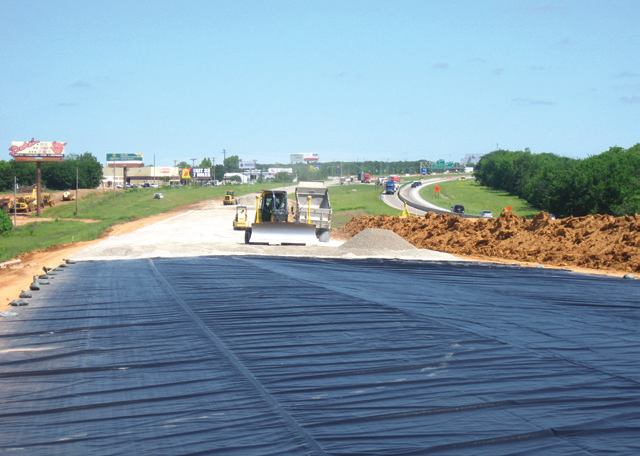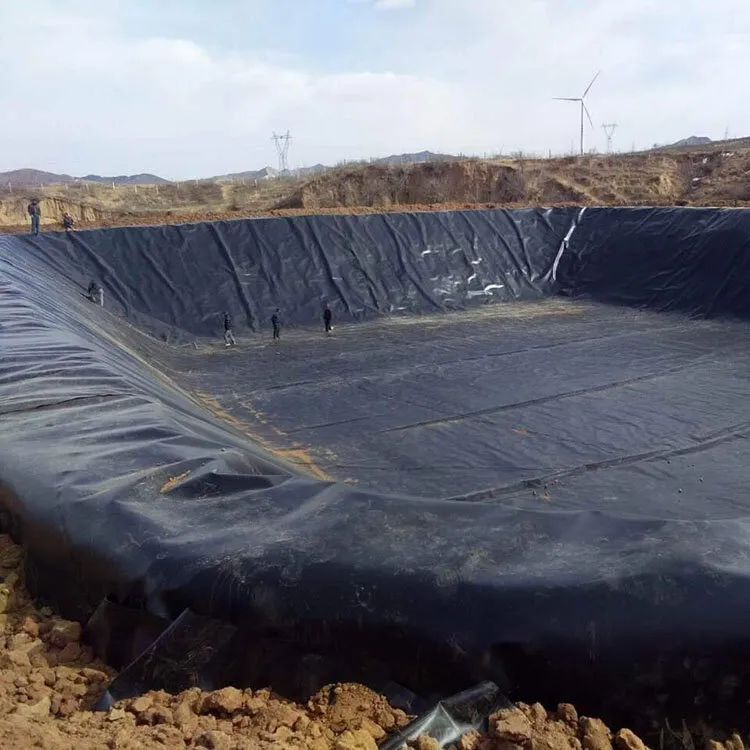In aquaculture, the demand for sustainable development approach and increasing productivity has speeded up the adoption of innovative technologies to a large extent. Geomembranes, with their flexibility and efficiency, have turned out to be a foundation for changing the structure of the industry, water resource protection, and increasing production levels to be amongst the major advantages. This paper is going to provide an overall discussion of how the success of the aquaculture enterprise is assisted by geomembranes through evaluating its properties, benefits and applicability.
The Role of Geomembranes in Water Conservation
Water conservation is the most important application of geomembranes in aquaculture. With traditional fish or shrimp ponds, water seeps through the soil, resulting in water loss by leakage and potential contamination. Geomembranes create an impermeable barrier that prevents water from seeping out through the ground.This saves water resources, besides maintaining water quality within the farm.
For example, in water-scarce regions, the use of geomembranes can be employed to prevent wastage of water effectively. By sealing the water in the pond, aquaculture farmers can supply a steady amount of water to aquatic animals to maximize their optimal growth.
Apart from that, geomembranes also protect the quality of water since it does not permit the introduction of contaminants from surrounding ground or groundwater. This matters since poor water will cause disease among shrimp and fish, thus resulting in huge losses for farmers.
Improving Production with Geomembranes
Geomembranes are also used to improve aquaculture production. A properly installed geomembrane ponds provide a clean, smooth habitat for aquatic animals. Geomembrane’s frictionless surface does not support unwanted vegetation and algae that rob oxygen and nutrients from fish and shrimp. It allows aquatic animals to develop well in a controlled environment through improved survival and growth.
Secondly, geomembranes allow easier management by farmers of the bottom of ponds. Cleaning and maintenance are easier since muddy or rough ground is not included. Farmers dispose of trash and waste without any difficulty, with perfect water quality. Improved control of water and a healthier environment imply aquaculture businesses can boost output and meet rising demand for seafood.
Low-Cost Geomembranes: An Economical Solution
Contrary to the perception that high-technology solutions must be expensive, geomembranes present an affordable solution for aquaculture producers. Geomembranes cheap in price yet high in quality can be found in the market, and therefore they are within reach of many producers. The low-priced geomembranes are made from high-quality materials that can withstand the aggressive conditions of aquaculture environments.
Geomembrane investment is a long-term cost-saving measure. Farmers can readily recover their initial investment through savings in water loss, less danger of disease due to water contamination, and greater production. Geomembranes’ durability also implies that they have to be replaced less often, further cutting operating costs over the long run.
Importance of HDPE Geomembrane
Of the many types of geomembranes, HDPE geomembranes are highly accepted in aquaculture. The 1.5 mm thickness HDPE geomembranes are particularly superior with respect to strength and long-term durability. The 1.5 mm thickness is strong enough to form an excellent barrier against water seepage and physical wear and tear, with long-term pond liner integrity assured.
HDPE geomembranes are chemically resistant, UV-resistant and biodegradable, and thus can endure the corrosive aquaculture environment. They are elastic and thus easy to install on ponds with irregular geometries. For a small farm family or a large business enterprise, HDPE geomembranes can be adjusted to suit unique needs, and they are an assured and effective water conservation and increased production method.
Practical Use and Installation Aspects
In practice, the geomembrane laying must be well planned. The pond bottom must be well cleared before laying down the geomembrane to avoid rocks, roots of trees and other hard items that may damage the material by puncturing. The geomembrane must be laid flat and tightly, with the seams also well overlapped and sealed for a continuous and effective barrier.
Regular inspection and maintenance are also necessary to ensure the longevity of geomembranes. Farmers should seek damage in terms of holes or tears and fix them immediately. Geomembranes will be able to last for several years when properly installed and maintained, providing aquaculture operations with a stable and productive habitat to cultivate fish and shrimp.

Conclusion
In short, geomembranes are now an indispensable tool in modern aquaculture. Their ability to protect water resources, increase production, and be cost-effective and durable makes them a good investment for farmers. As the aquaculture sector continues to grow, the use of geomembranes is set to become more prevalent, bringing about a more sustainable and productive future for the sector. Geoseal is a geomembranes manufacturer. If you would like to know more about this product, please do not hesitate to contact us.
